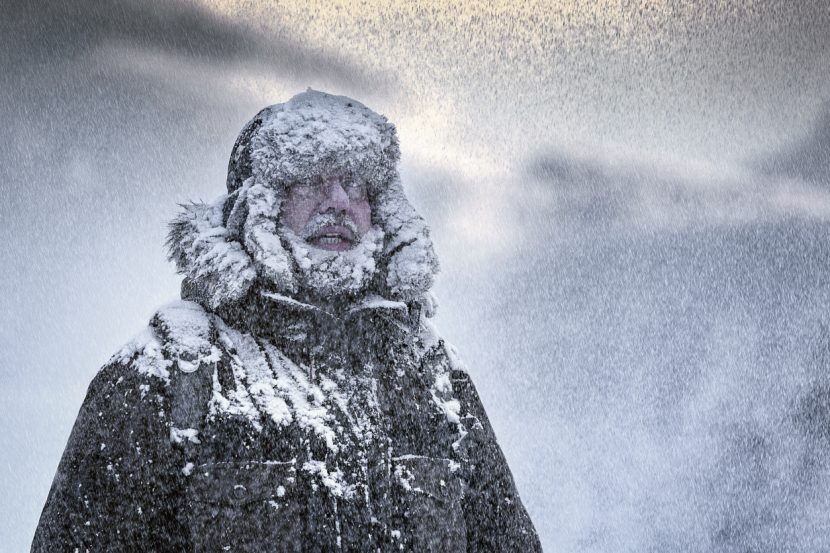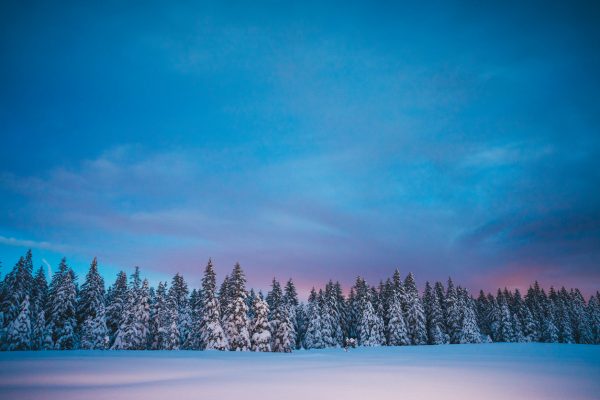Surviving Cold Climates – When Warmth Means Life

Nature, the unbound wilderness, the testing outdoors, they are multi-faceted, full of unexpected moments and varying moods. And one time or another, you’ll get to experience one of the most dangerous moods of nature – its most unforgiving face – the winter.
You could find yourself caught up in a winter of those more temperate climates, or maybe even in a more extreme circumstance – a sub-arctic or polar region, with their merciless winters. Either way, you’ll agree that these winters, no matter where you are, are a real test for every survivor, no matter how experienced.

You always need to be prepared to face the winter, knowing what to do, when, and how. Failing in winter can be a one-time, fatal failure. As we all know, harsh climates and sub zero temperature stand firmly at the top of the nature’s hierarchy as the ruthless killers. They carry a variety of tests and hardships, that many skilled outdoorsmen can fall prey too.
Understanding Winter
Cold climates carry with them a whole host of varying aspects, and every single one of them needs to be remembered and expected as a very real possibility, and even an incoming threat.
Sometimes, (a fact hard to comprehend) even the most thoroughly experienced outdoorsman can find himself at the mercy of the weather, his every trick failing in the face of the overwhelming and harsh face of nature.
So, learning, understanding, battling these threats and aspects of winter weather is a top priority, and when winter comes they could be the boundary between failure and success.
There are a few crucial things to remember for spending your outdoors time in the winter. These should be on the top of your list to take care of, with anything else coming afterwards.
Shelter From The Elements
First thing is to get out of the elements! Spending too much unnecessary time in the wind, rain or heavy snowfall will quickly lower you temperature – a threat that can be fatal in heavy winters.
Try to find any form of natural cover as a first step before committing to making a more sturdier shelter. These can be simple a-frames, lean-to’s, canvases or well insulated tents. Avoid windy spots and drafts.
Fire and Firewood
Fire can and will save your life. Gather as much kindling and firewood as you can in a short time. After you start the fire and stabilize your temperature, you can gather more firewood in several brief trips. Here’s a tip – always try to have a boulder, wall, or anything similar on the other side of the fire. This will reflect heat more efficiently and stop it from dispersing.
Staying Hydrated and Nourished
Try to boil snow and ice where it looks clean. This will help preserve your water reserves. Ration water and take enough to stay hydrated and functioning properly. Remember – lack of water = lack of temperature. Food is equally important, so ration that as well. And always keep the golden rule in your mind. Humans can last up to 30 days without food – but only 3 days without water.
Proper Clothing
Knowing how to dress in winter time is of crucial importance. Avoid synthetic materials, and instead focus on insulated and multi layered clothing. In case you get wet, it is vital to get dry or change clothes as quickly as possible. Remember that wool and cotton have good properties and would always be a good choice.
Enemy Number 1 – Hypothermia
If we’re going by strict definitions, then hypothermia would be classified as a critical loss of bodily temperature brought on by a variety of differing factors – the main being excessive exposure to cold.
Hypothermia is much more than exposure. The exposure is just the opening factor, which is then deepened and made worse by a whole range of equally dangerous aspects such as exhaustion, inadequate clothes, lack of shelter, malnourishment and loss of vital energy.

In itself, hypothermia is a progressing state, which means that it is only made worse by those features that it brings itself – stress, panic, apathy and lack of movement.
You must get to know and understand how it works, and catch the first signs of hypothermia. These are: overall apathy, slow responses and feeling of disorientation; paradoxical behavior – bursts of high energy followed by sudden lethargy; and in the end, loss of consciousness.
Frantic shivering is the earliest self defense mechanism of your body. The shivering serves as an involuntary muscle movement that is supposed to raise body temperature.
Fighting hypothermia is difficult, but can be done when symptoms are spotted in time. The main point is to heat yourself as much as you can and as quickly as you can. Find a shelter, start a fire, get nourished, get dry and do not panic.
Conclusion
When planning a lengthy and serious stay in the wilderness, always think about the possible weather conditions. Even if you head out in winter, knowing that it will be temperate and seemingly ordinary, know that there is always something unexpected waiting around the corner. Getting caught in a heavy blizzard without proper equipment is not a situation you want to be in.
So think ahead, arm yourself with knowledge, and keep on your toes.
Remember, winter is not to be taken lightly.
